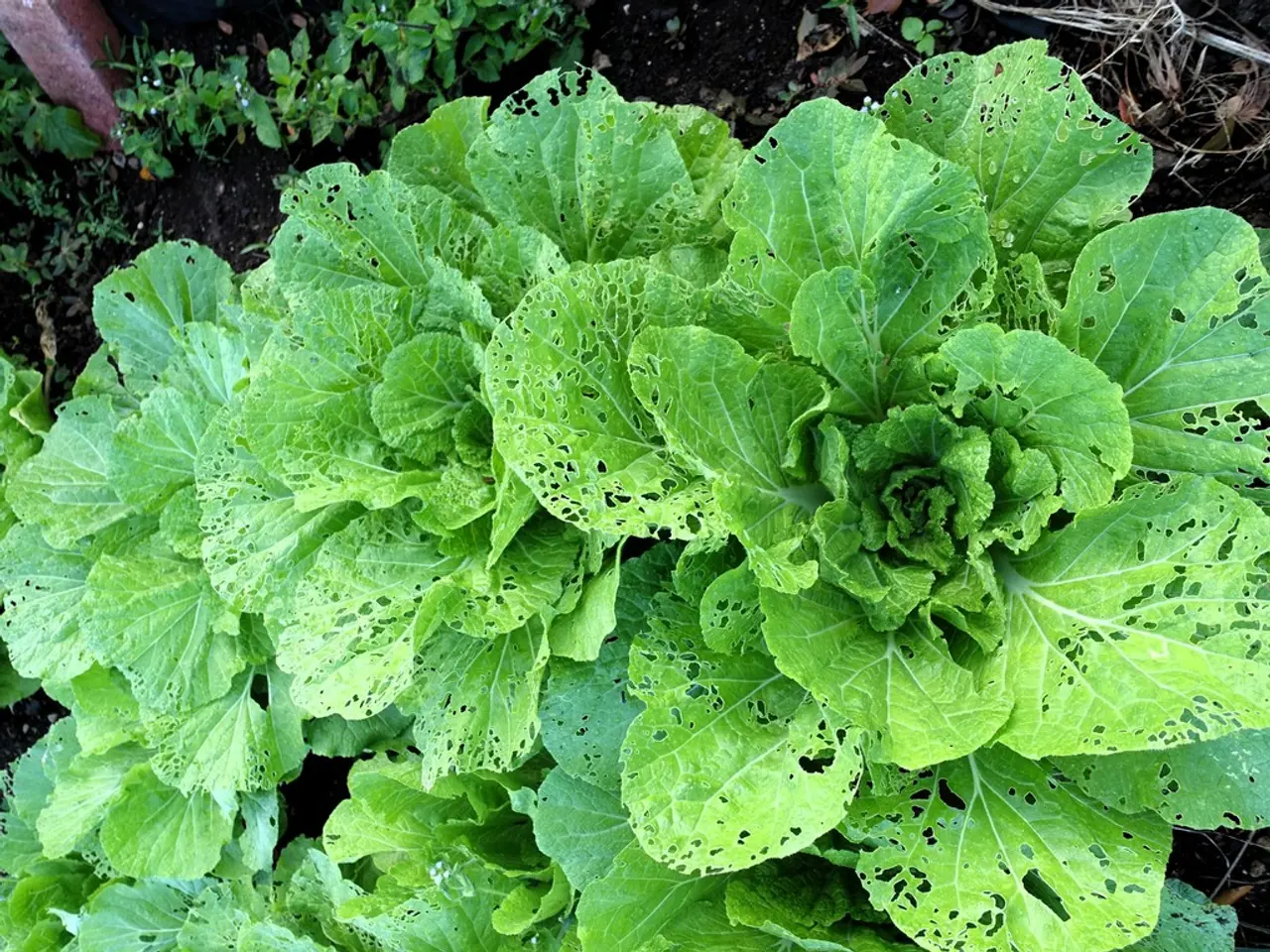Kids' Spinach Guide: Fun, Nutritious, and Delicious!
========================================================
Spinach, a leafy green vegetable with a long and fascinating history, is a superfood that offers numerous health benefits for children. Originating from ancient Persia and traveling worldwide, spinach is an adventurous food to try and a great addition to your child's diet [5].
1. Fun Facts for Kids
- Spinach is a "brain food" because it contains nutrients that promote healthy brain function and protect it as kids grow [1][2].
- Spinach helps build strong bones thanks to vitamin K and supports good eyesight with vitamin A [5].
- Did you know that spinach has been grown in space? [6]
2. Easy and Kid-Friendly Recipes
Making spinach appealing to children can be as simple as incorporating it into delicious recipes that mask its flavor while enhancing nutrition.
- Spinach Smoothies: Blend spinach with fruits like banana, mango, or berries plus yogurt for a sweet, drinkable green snack that hides the taste well [4].
- Spinach Parathas or Flatbreads: Mix finely chopped spinach into dough for savory, soft breads which pair well with yogurt or dip [4].
- Add to Soups or Dals: Puree spinach into soups where its flavor blends unnoticed but adds fiber and iron [4].
- Spinach Muffins or Pancakes: Incorporate spinach puree into batters, adding natural greens without strong taste [4].
- Spinach and Cheese Quesadillas: Combine spinach with melted cheese for a delicious filling kids generally enjoy.
3. Hidden Methods to Increase Nutritional Benefit and Manage Taste
- Combine spinach with vitamin C-rich foods like lemon, tomatoes, or orange juice to enhance iron absorption [4].
- Use small amounts at first mixed with familiar foods, gradually increasing spinach portions as children get accustomed to it.
- Chop or puree spinach finely to mix into sauces, burgers, pasta, and scrambled eggs.
- Cooking spinach briefly retains its nutrients while reducing the sometimes bitter flavor.
4. Additional Tips
- Pair spinach with probiotic-rich foods like yogurt to support gut health, which is closely linked to brain health and mood regulation in children [2].
- Encourage kids to learn about spinach’s global journey and the health benefits to create curiosity and positivity about eating greens [5].
In summary, making spinach fun and healthful for children involves combining engaging facts about its benefits, creative recipes like smoothies and flatbreads, and using culinary tricks such as blending with fruits and vitamin C to maximize nutrient uptake while improving flavor [1][2][4][5].
Spinach is rich in iron, vitamins A, C, and K, fiber, and brain-boosting nutrients that support strong bones, good eyesight, energy, and cognitive development [4][5]. With its high levels of calcium, magnesium, and vitamin K, spinach helps build strong bones and teeth [5]. The vitamin C in spinach strengthens the immune system and boosts immunity [3].
Spinach is one of the most nutrient-dense foods on the planet, and it comes in colorful varieties such as red, purple, and yellow [7]. Consuming spinach daily in moderate amounts is safe for kids [8]. Introduce spinach gradually by adding it to foods they already enjoy, like smoothies or pasta, and involve kids in the cooking process to foster a positive relationship with this nutritious vegetable.
- Science and education play a crucial role in teaching kids about the benefits of spinach, including its role as a food that promotes brain function and protects the brain as it develops.
- Personal-growth and self-development can be fostered by encouraging kids to learn about the global journey of spinach, which originated from ancient Persia and has been grown even in space.
- Incorporating spinach into a health-and-wellness lifestyle can be achieved through kid-friendly recipes involving cooking, such as spinach smoothies, parathas, soups, muffins, pancakes, and quesadillas.
- To help mask the taste of spinach and increase its nutritional benefits, cooking techniques can be used, such as blending it with vitamin C-rich foods like lemon or orange juice, or cooking it briefly to reduce its sometimes bitter flavor.
- Home-and-garden recipes can be extended to include spinach, making it an ingredient in not only food-and-drink items but also lifestyle choices, such as growing it in a kitchen garden.
- Along with learning and understanding the benefits of spinach, nutrition is an important aspect of overall lifestyle and fitness-and-exercise, helping to support strong bones, good eyesight, and cognitive development.




